Burlingame’s eucalyptus grove set to undergo large-scale removal and replanting
The historic eucalyptus trees on El Camino Real will be removed and replanted in the coming years.
February 9, 2021
Dubbed “The City of Trees,” Burlingame has had a complicated history regarding the lumbering eucalyptus and elm trees that line El Camino Real. First planted in the 1870’s, the trees have been a point of both criticism and pride for residents of the city for over a century. The grove was placed under the National Register of Historic Places in 2012, giving the trees a degree of legal protection from removal and alteration.
The City of Burlingame has routinely made it a priority to protect the eucalyptus grove, agreeing to a compromise after years of negotiations with the California Department of Transportation (Caltrans) to remove and replant trees on El Camino Real. In the plan, most of the standing 85 trees would be removed, and Caltrans has agreed to replant an unspecified number of trees, with estimates between 15 and 60 trees.
Blue Gums, the subcategory of eucalyptus which populate Burlingame, can live up to 250 years. They were initially planted due to their ability to grow at an extremely fast pace, which assisted residents with early lumber shortages. The eucalypti serve no purpose today other than as scenery, but advocates for the trees believe their importance to Burlingame’s past and the visual appeal override other concerns.
“The trees are an integral part of Burlingame’s history,” Jennifer Pfaff, president of the Burlingame Historical Society, said.
In addition to their historical significance, some residents appreciate the visual aesthetic the eucalypti bring to the town.
“They add a lot of visual appeal,” junior Nick Reed said.
This sentiment has been upheld by Burlingame residents since the formation of the 101 highway in 1926. Despite El Camino accommodating heavy traffic in the 1930’s, Burlingame residents successfully resisted attempts to widen El Camino and remove the trees. And while the trees do add a unique flair to Burlingame, some of its residents don’t find the trees visually attractive, or they find them troublesome.
“I’ve lived in Burlingame for my whole life and I don’t have any attachment to the trees,” junior Cate Cattano said. “I think eucalyptus trees are probably doing more harm than good.”
The harm the trees can create is an important factor to keep in mind, as the trees that line the portion of El Camino between Howard Avenue and Ralston Avenue are mostly in poor or moderate condition, and they become a larger threat to infrastructure and motorists as their long roots begin to emerge from under the road, creating large bumps across the highway. The city has recently accepted a plan that would begin widespread removal of the trees and replanting on El Camino Real.
Those who criticize the eucalyptus trees also bring up concerns that they are endemic to Australia, that they can cause serious safety concerns in windstorms and even that they dislike the aesthetic the trees do provide. The proposed plan would be a large scale infrastructure project, with estimated costs ranging as high as $100 million. Despite the problems that the eucalyptus trees may create, Burlingame City Council member Michael Brownrigg thinks maintaining the trees is important.
“We have to think about restoring the grove for future generations,” Brownrigg said.

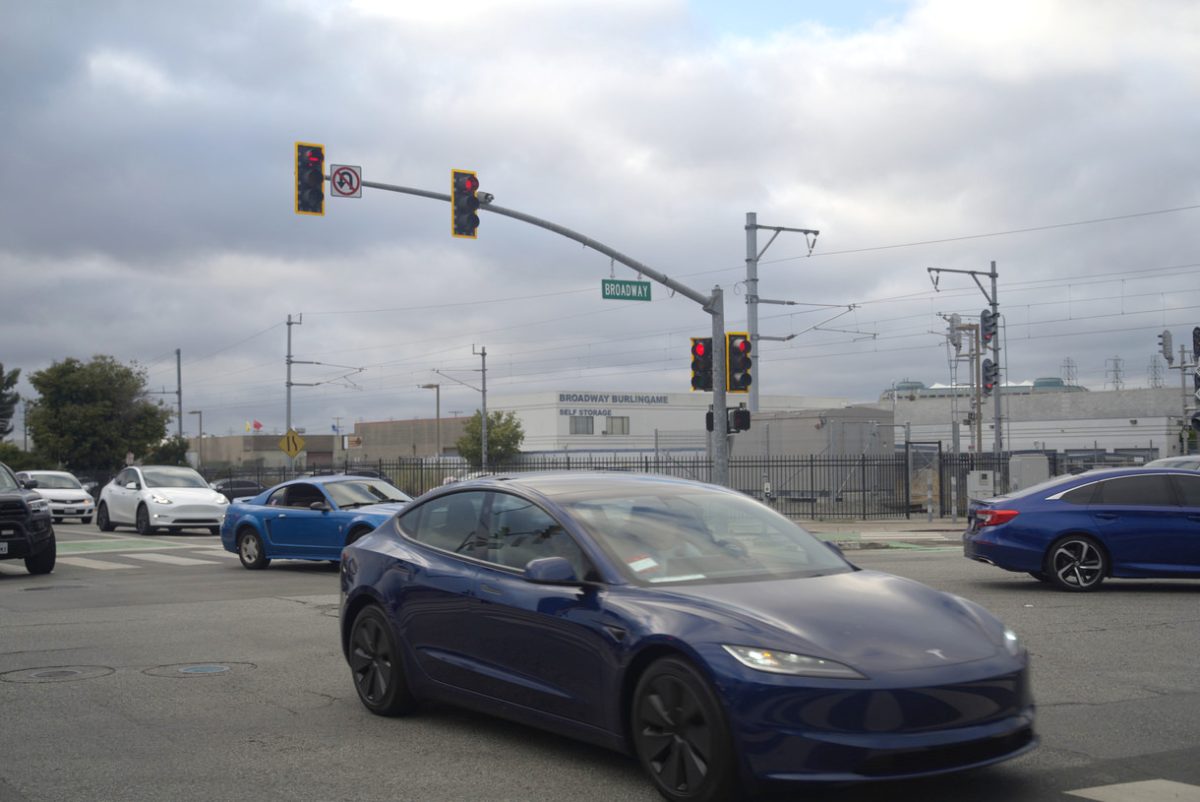

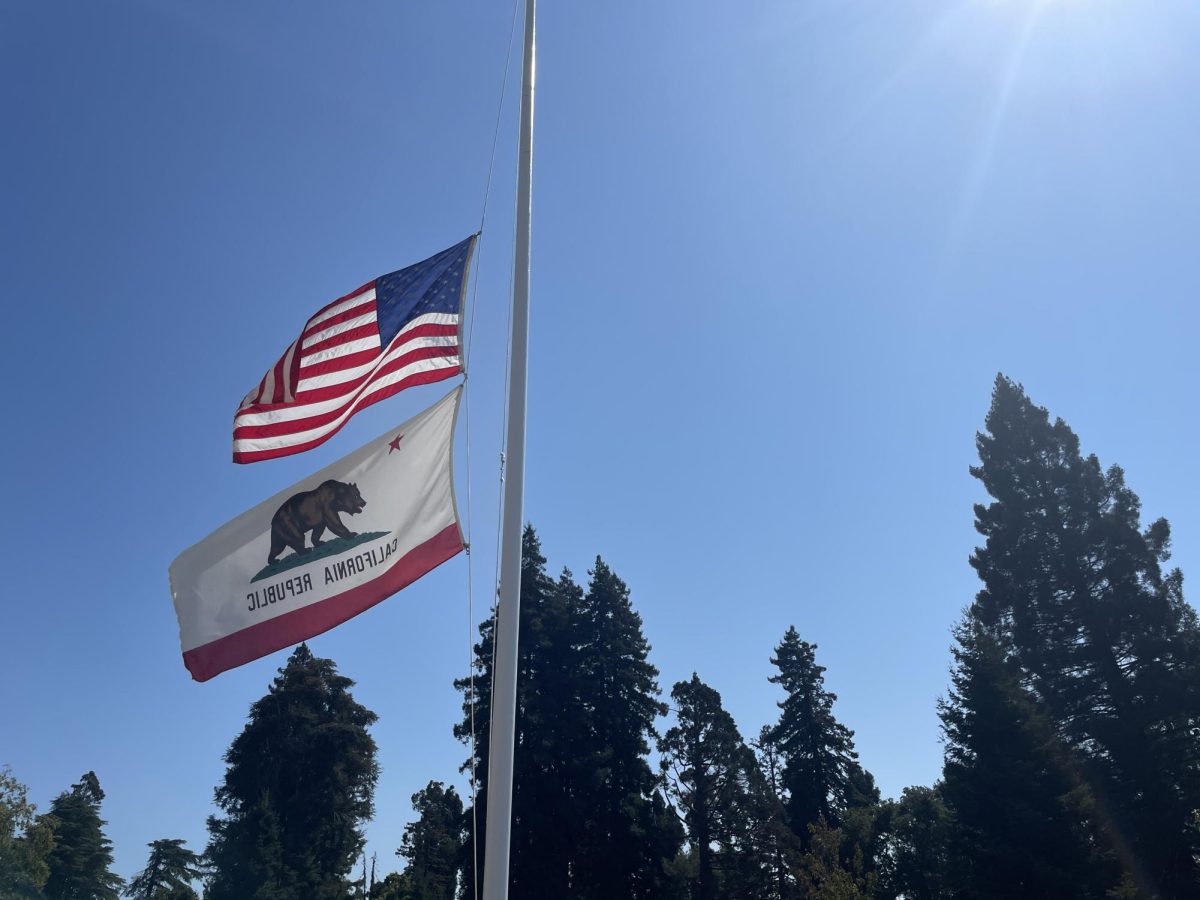
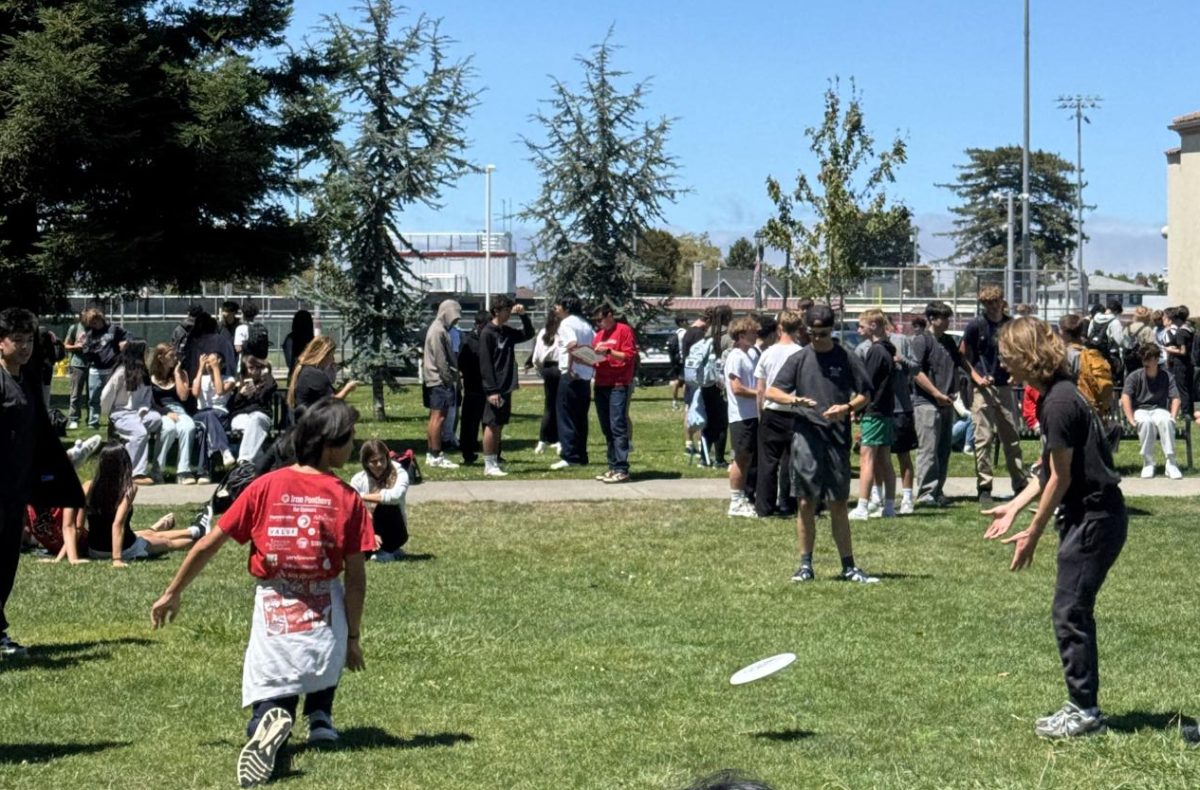
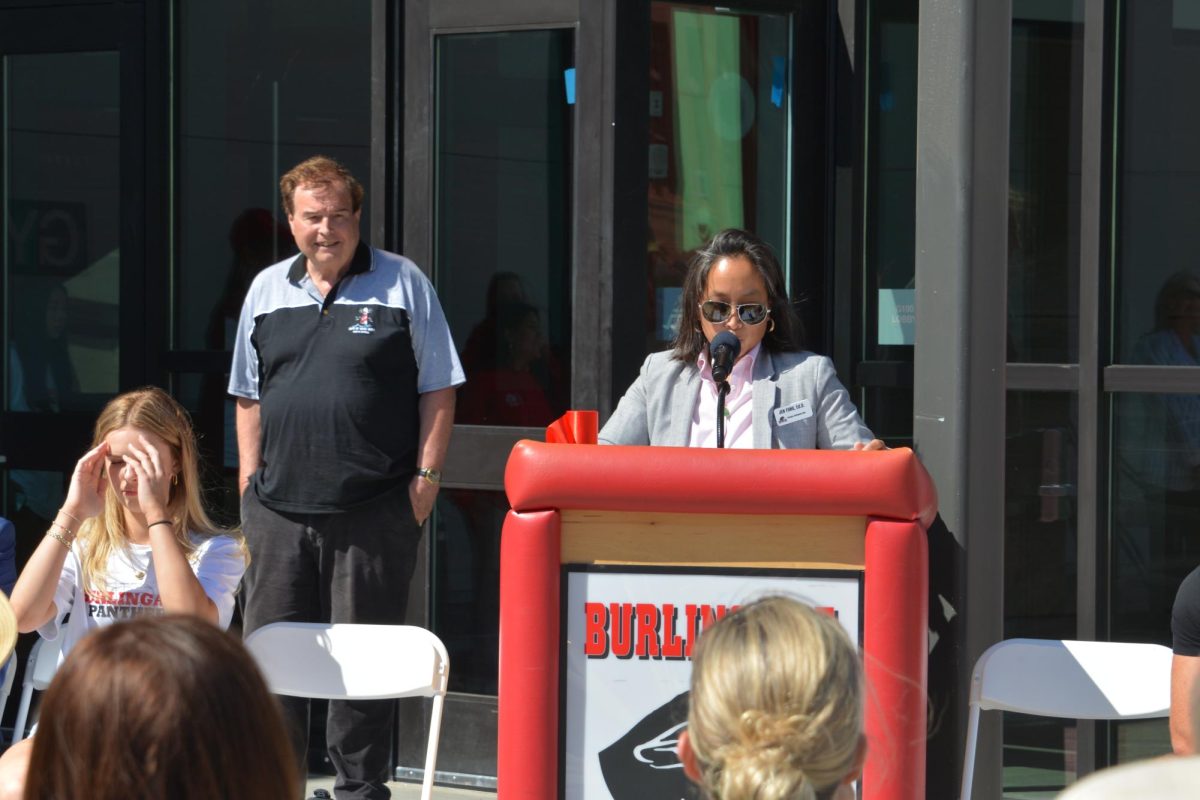
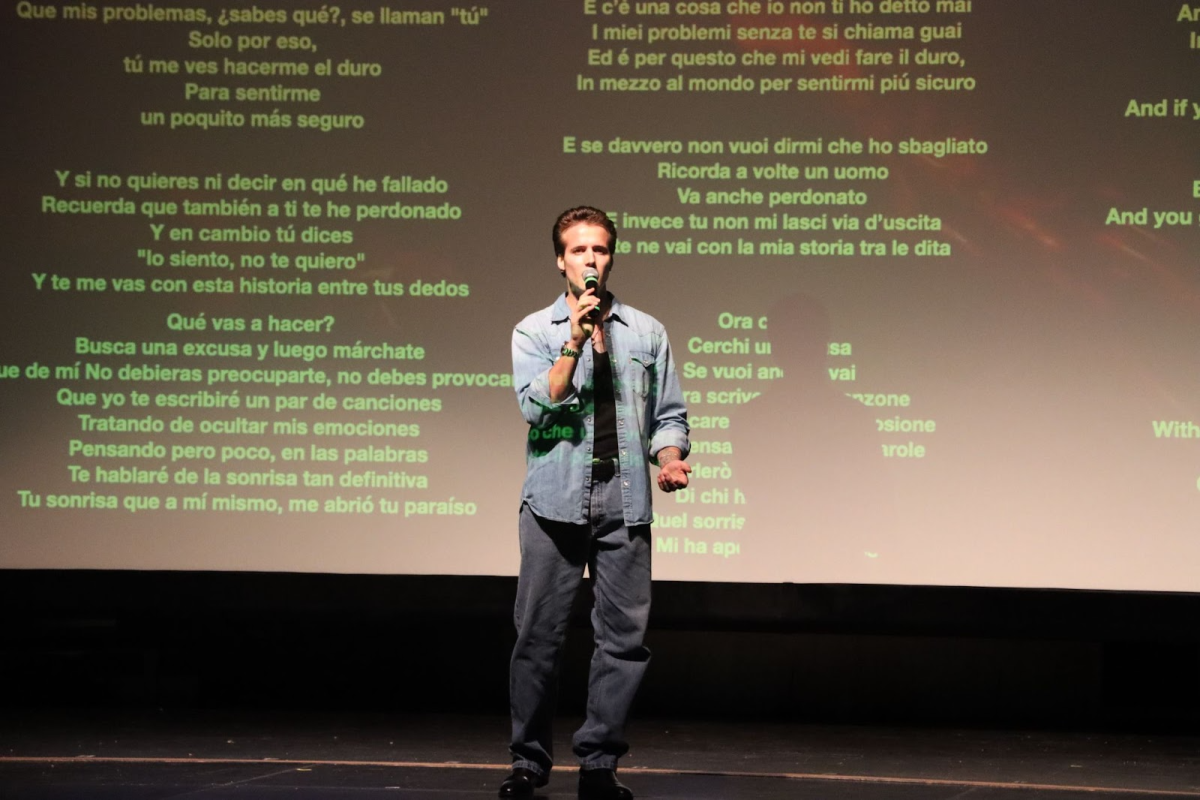


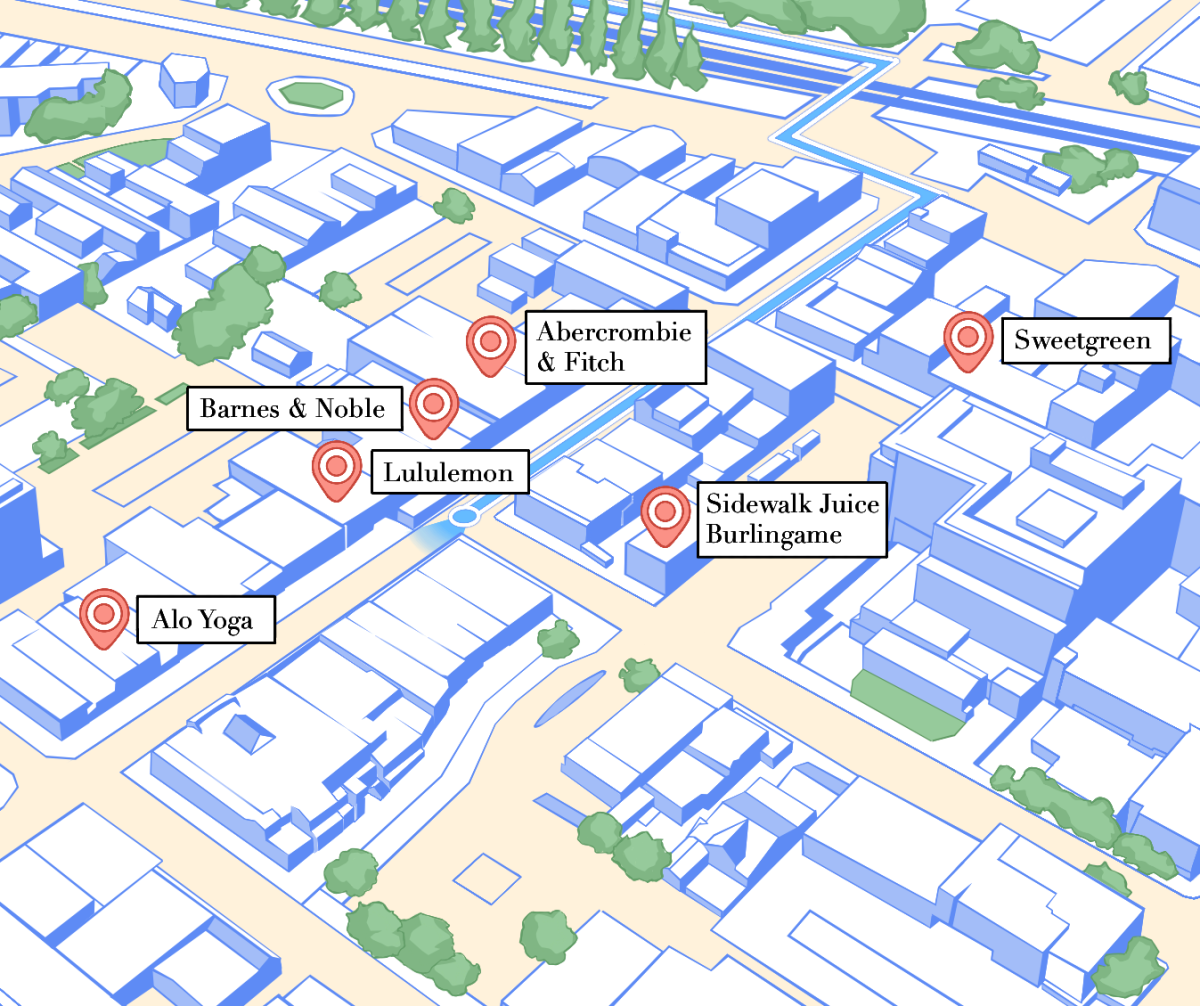





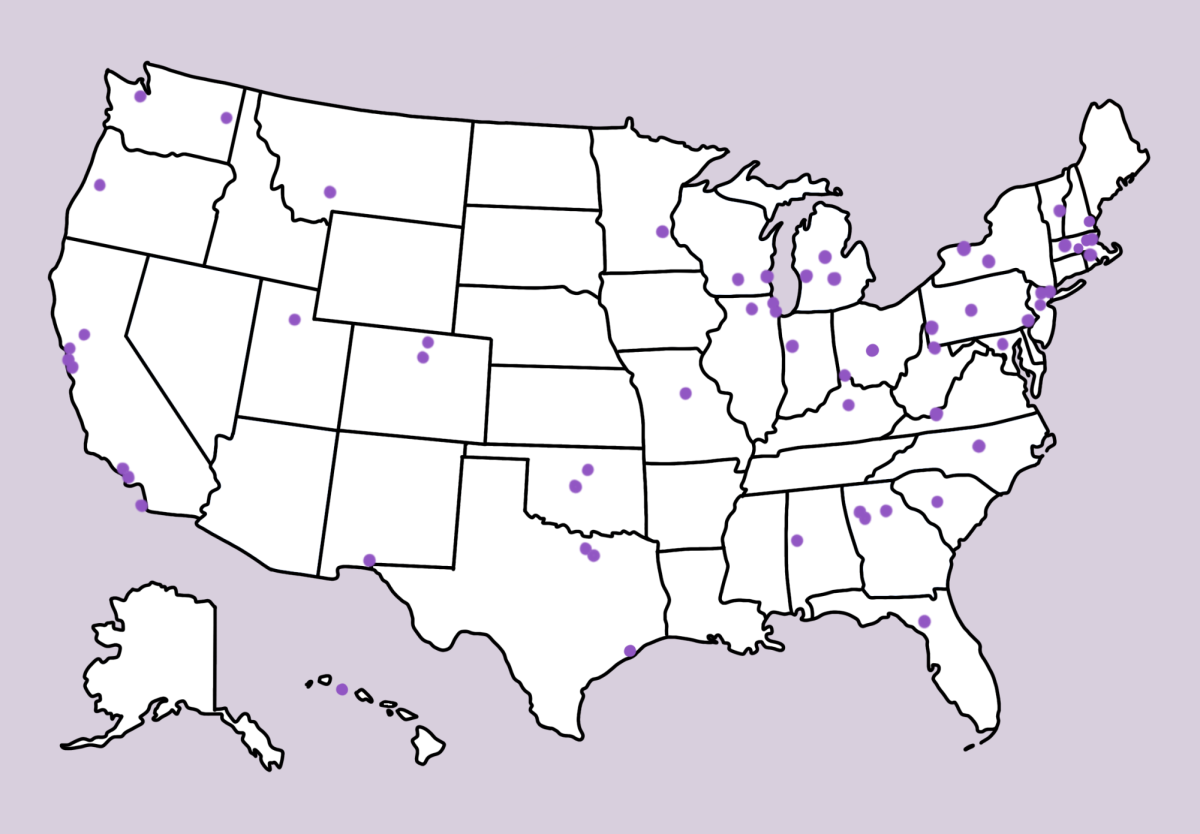
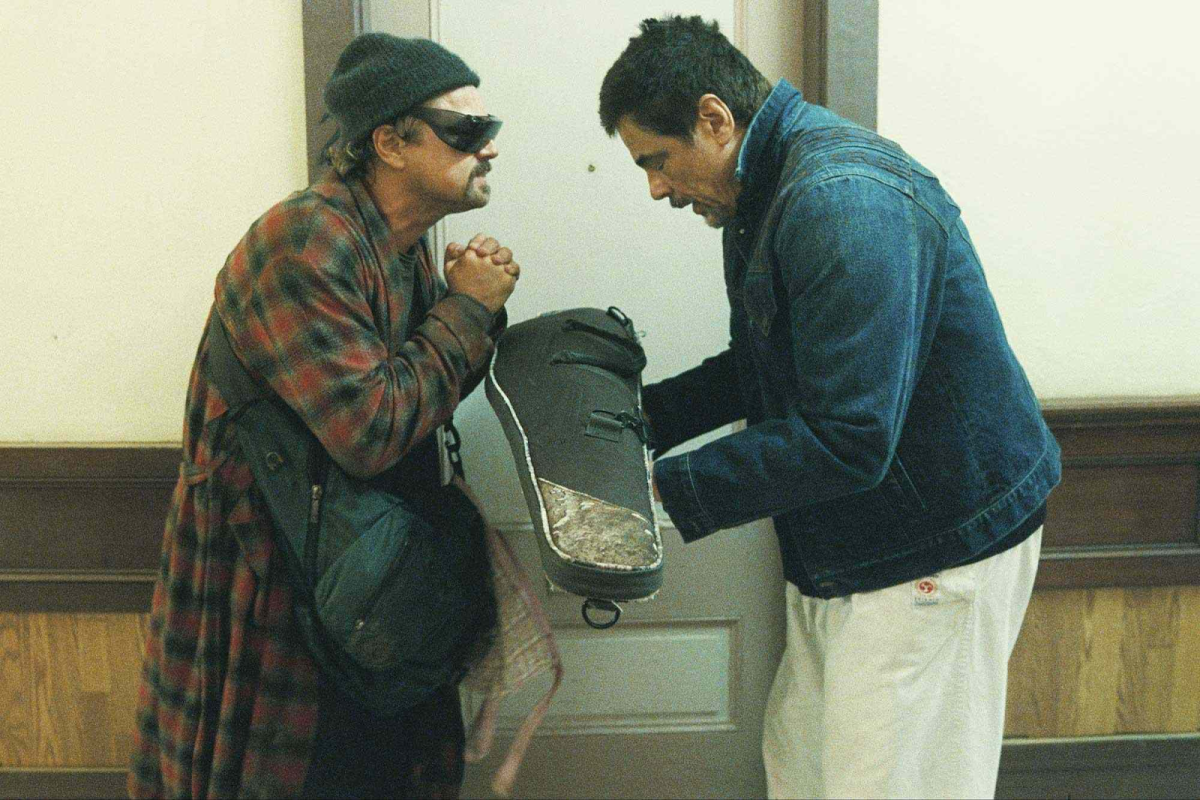

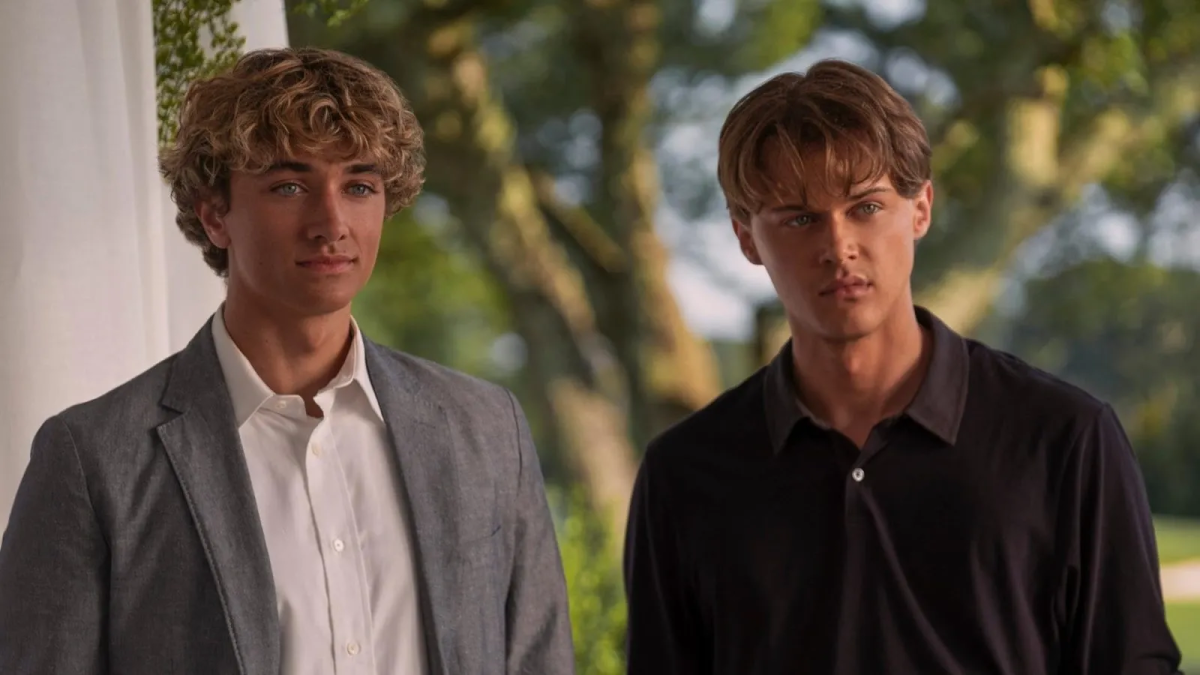



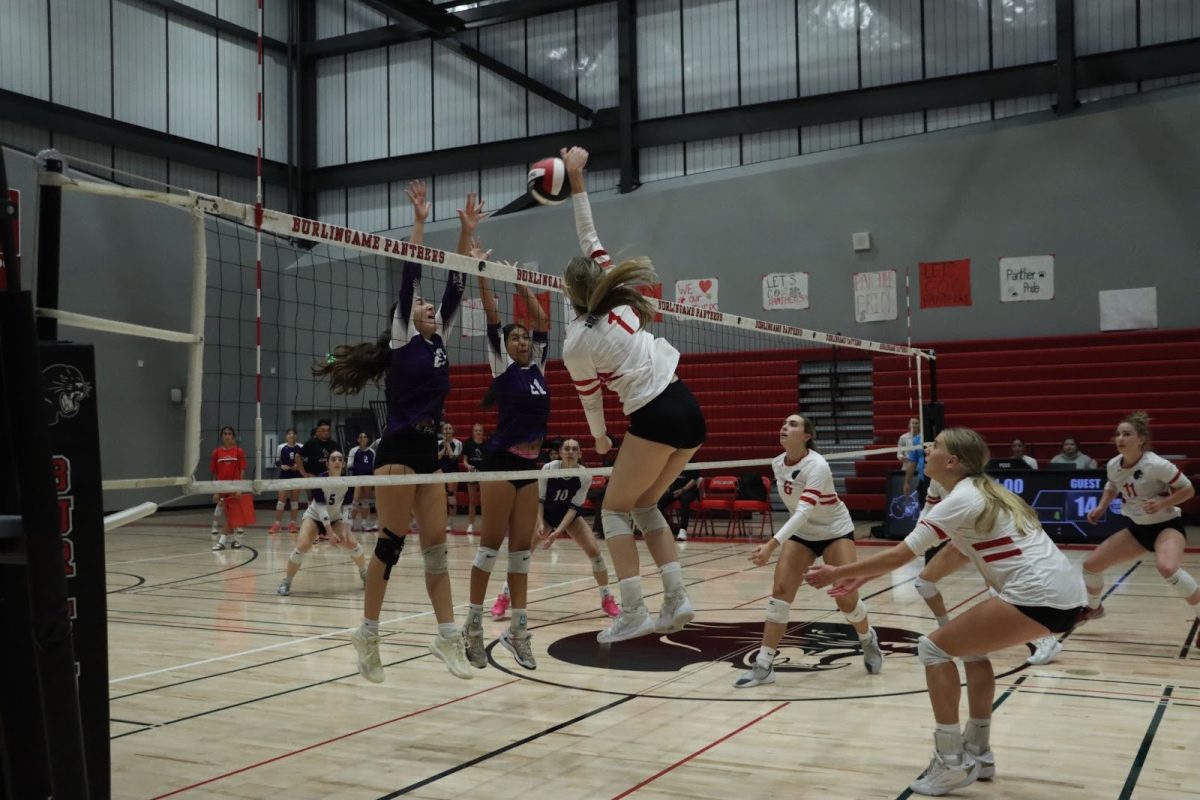



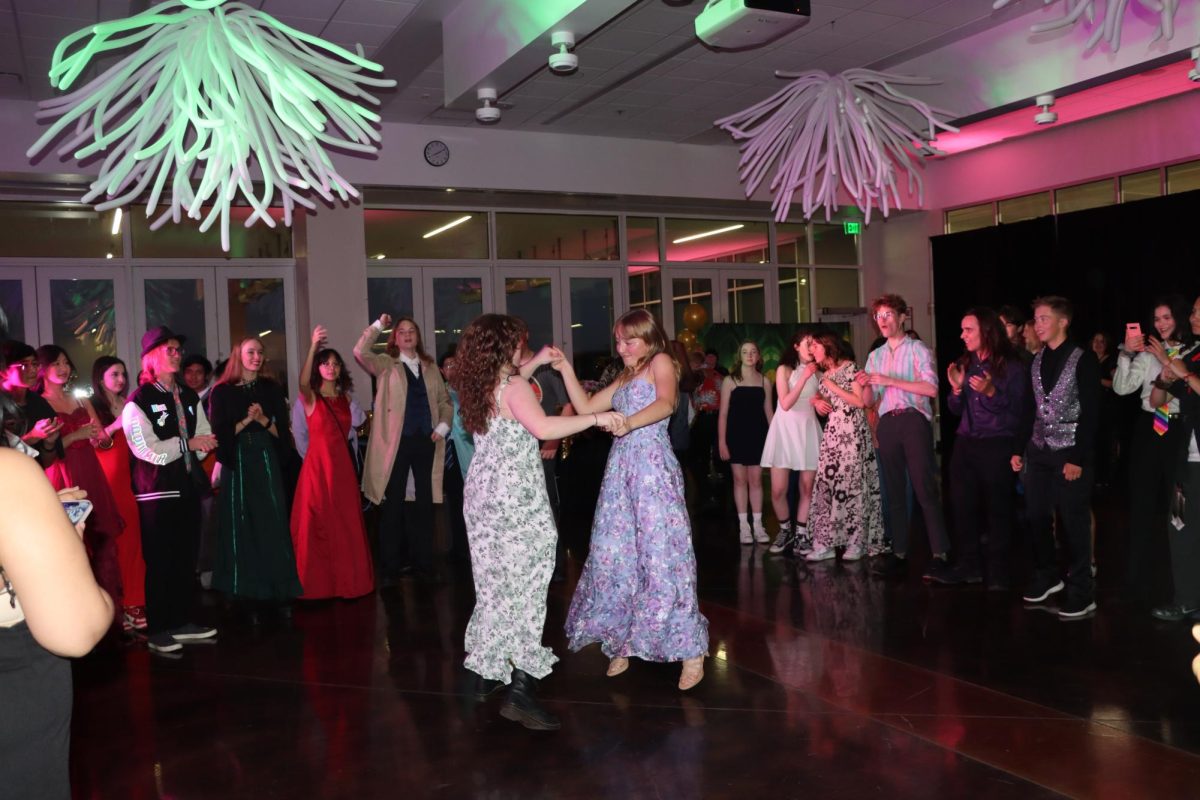

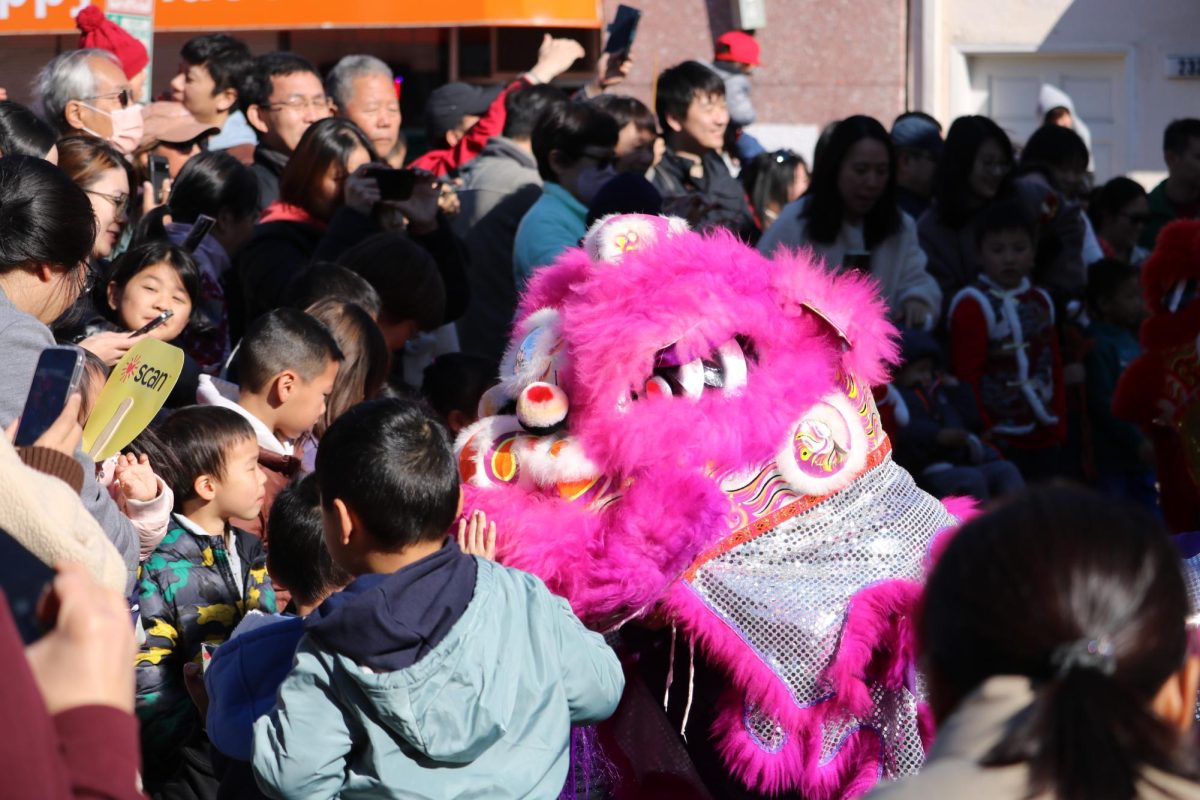
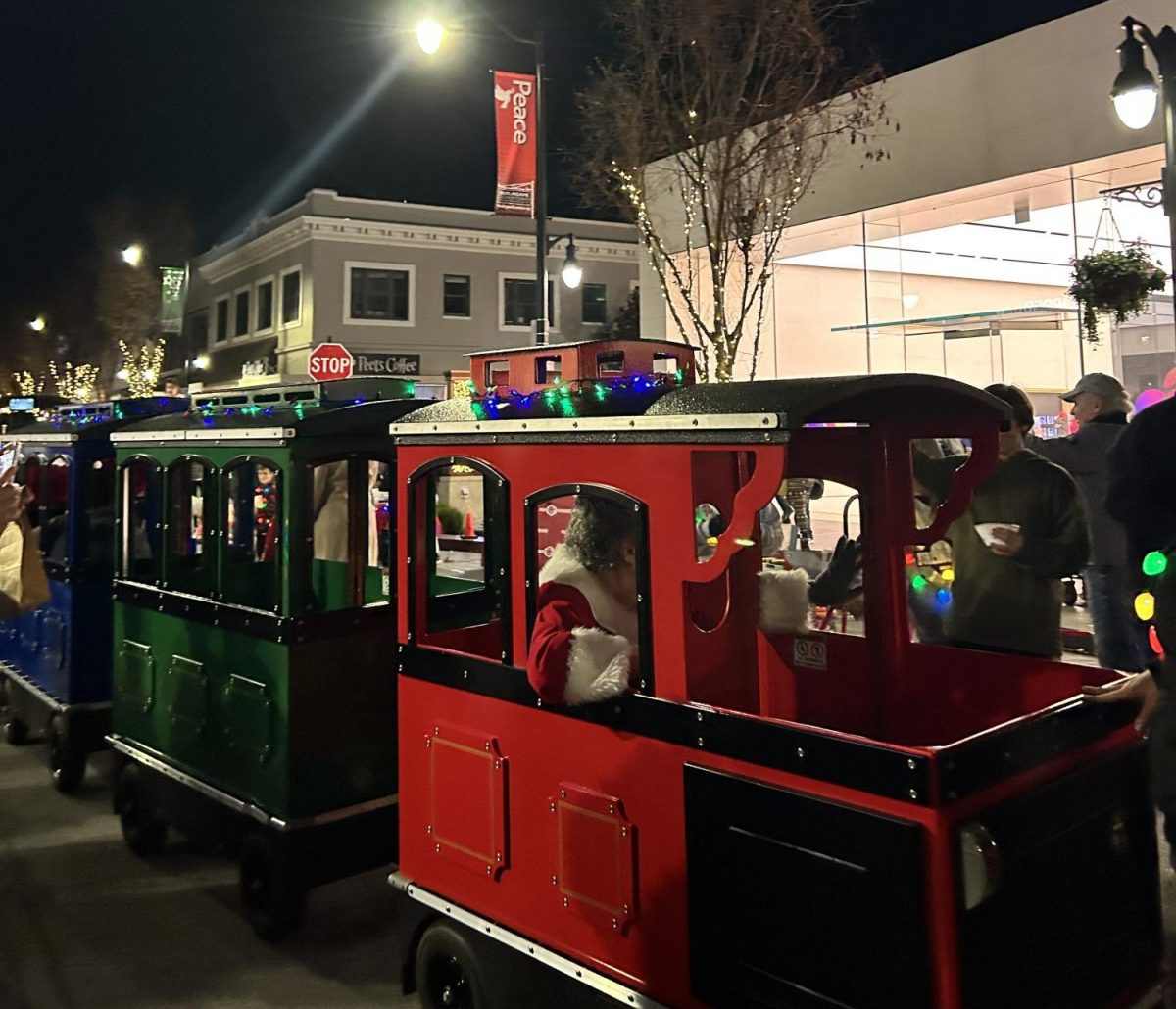

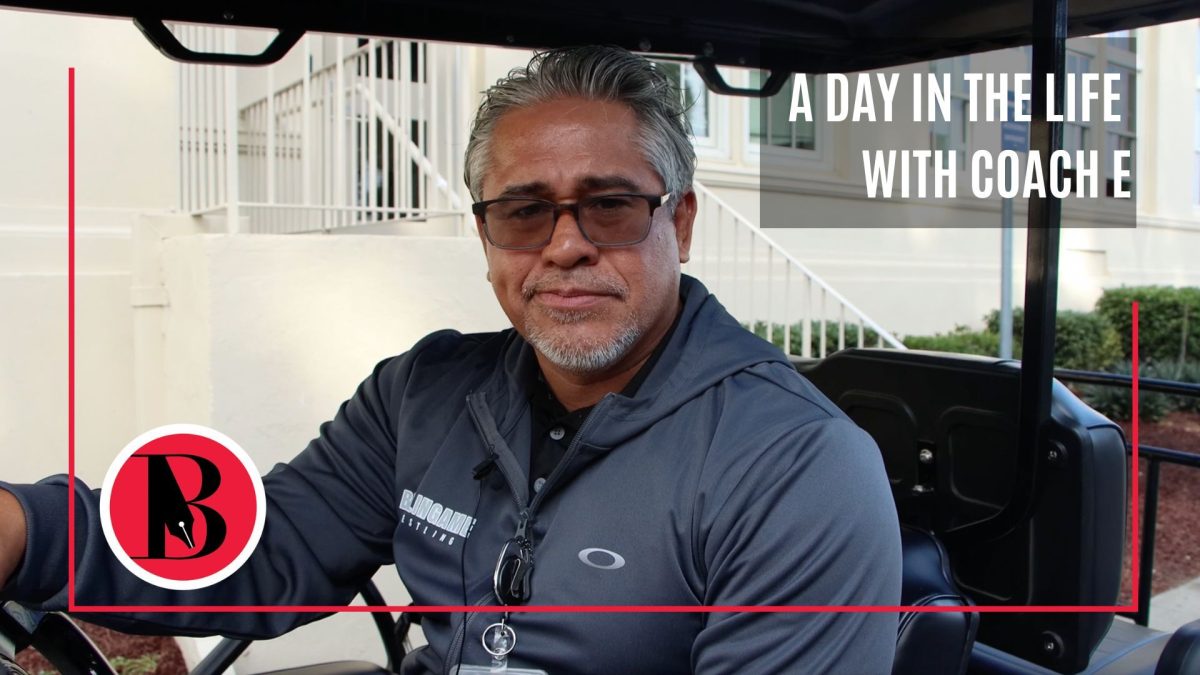









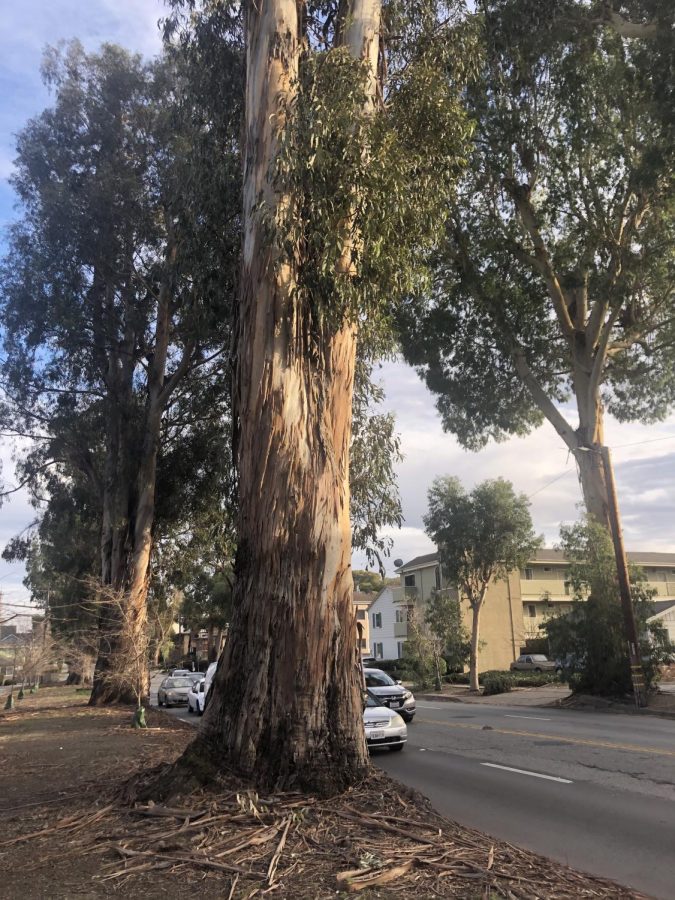

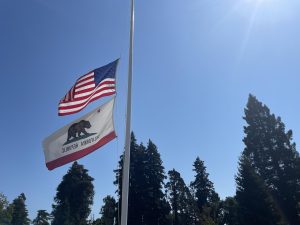


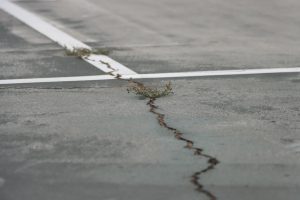
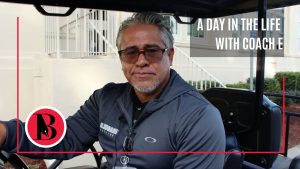
Marte Thompson • Nov 27, 2022 at 12:39 pm
The trees are lovely and historic. Leave them be.
Stephen Jones • Jul 8, 2021 at 7:16 pm
Lovely trees. I reminisce about commuting to work down in Burlingame on Cal-Train, and walking from the train depot those couple blocks to work on “Auto Row” on California Drive!
Paul • Feb 11, 2021 at 10:24 am
Don’t make me chain myself to a tree!
Jennifer Lin • Feb 11, 2021 at 7:46 am
Interesting story, I love the trees but I didn’t realize they were becoming a hazard.
Robert Silverstein • Feb 10, 2021 at 11:27 pm
There is one benefit that appears to have been overlooked. The eucalyptus bloom that occurs in the winter months provides a large amount of nectar for the local bee populations. The nectar can be the difference between bee colony surviving or not surviving. At a time when the bee populations are under stress it would be unfortunate to lose this large source of food.